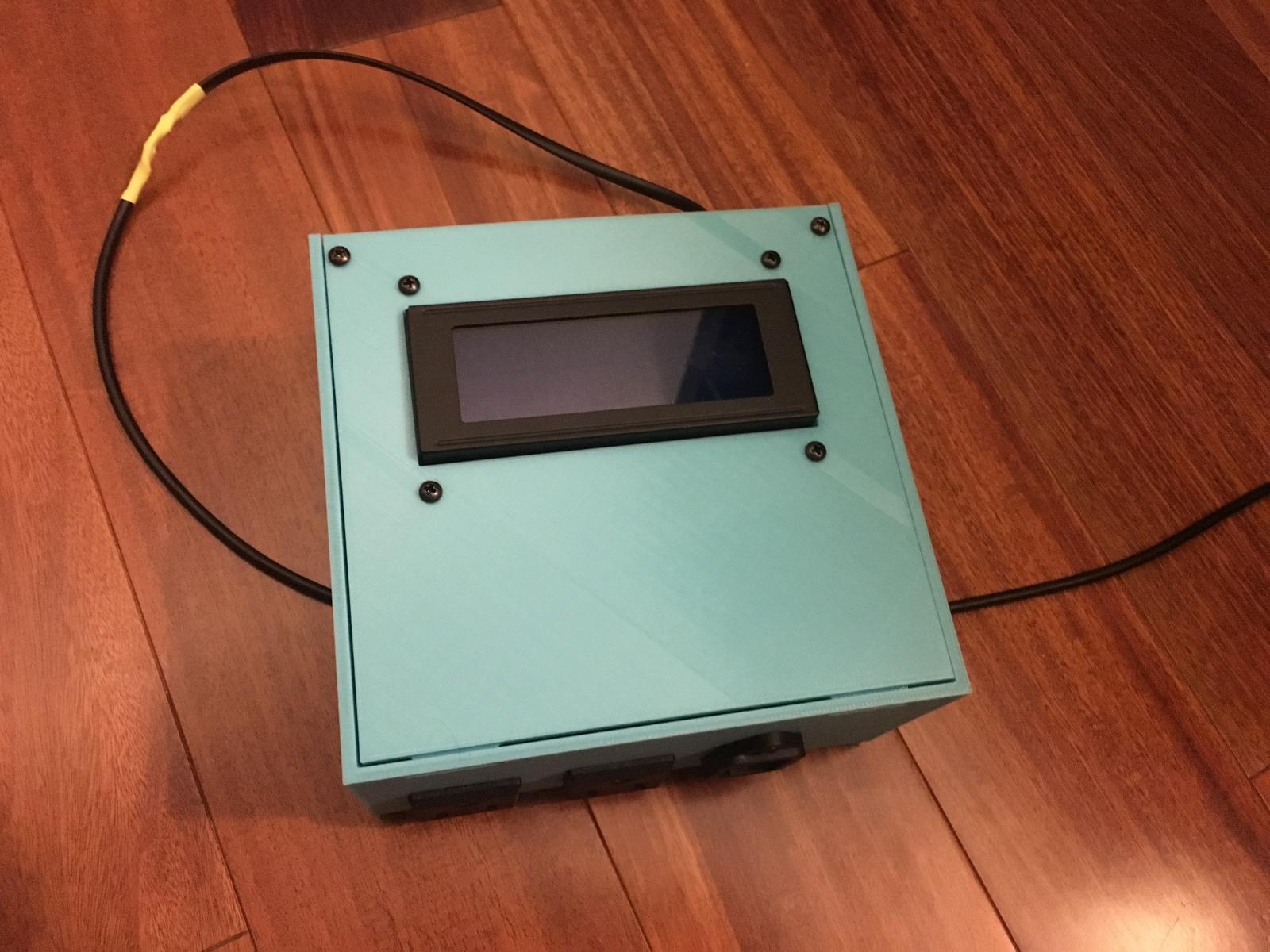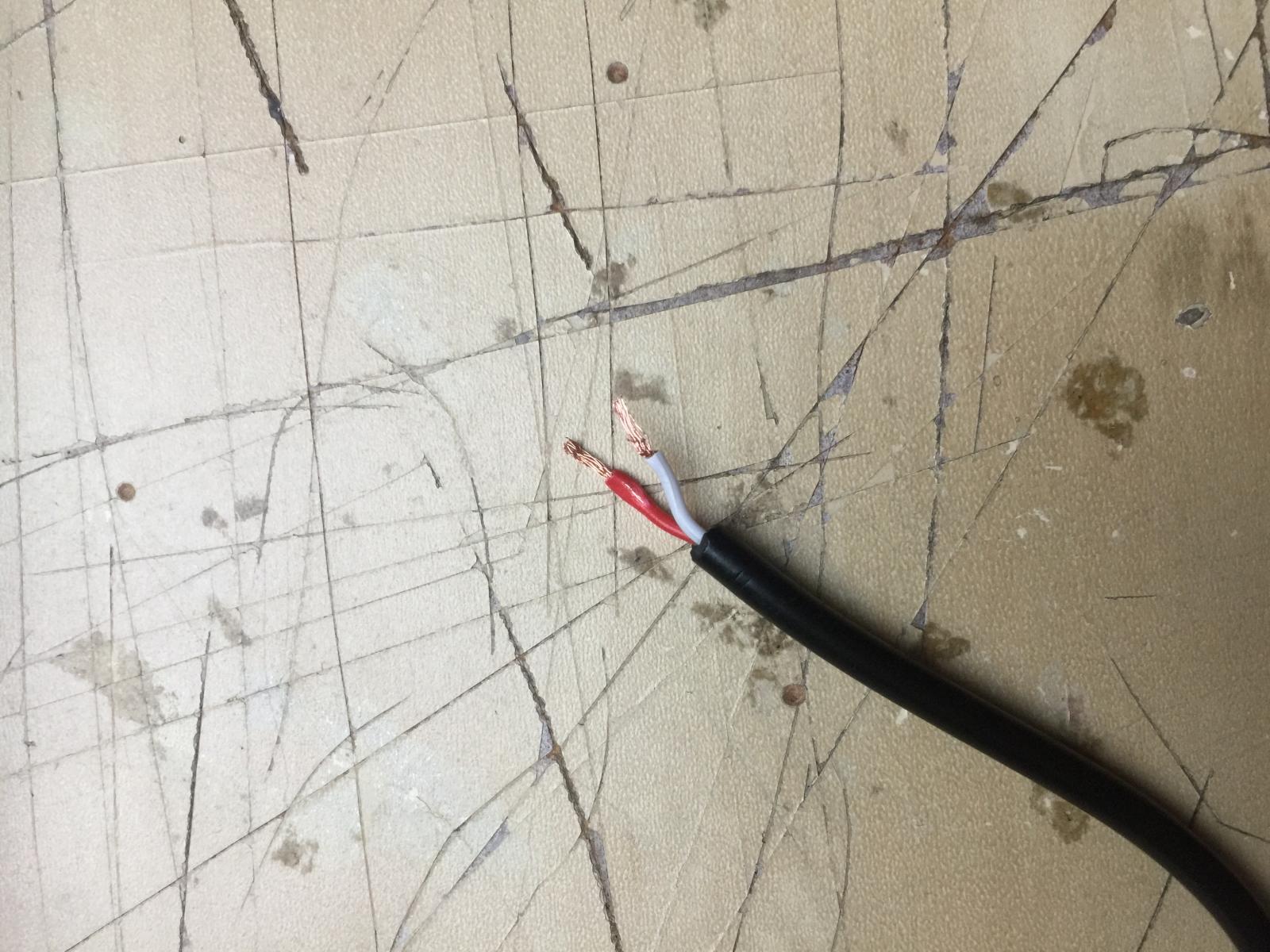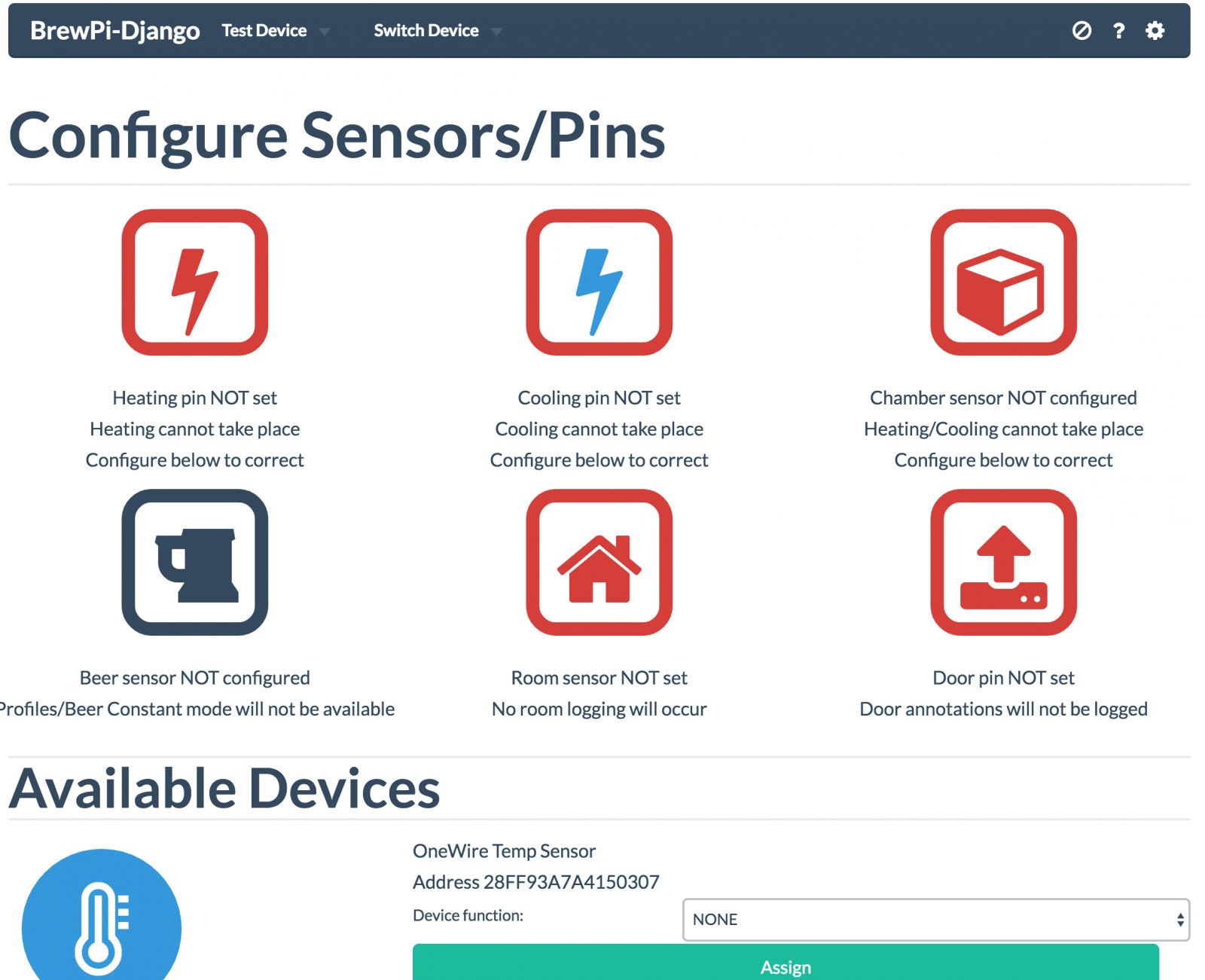Nov 12 2016 00:00:00 Notification: New day, creating new JSON file.
Nov 12 2016 09:55:23 Opening serial port
Nov 12 2016 09:55:34 No serial attached BrewPi found. Trying TCP serial (WiFi)
Nov 12 2016 09:55:34 Connecting to BrewPi brewpiesp.local on port 23
Traceback (most recent call last):
File "/home/brewpi/brewpi.py", line 333, in <module>
ser = util.setupSerial(config, time_out=0)
File "/home/brewpi/BrewPiUtil.py", line 160, in setupSerial
ser = tcpSerial.TCPSerial(config['wifiHost'],int(config['wifiPort']))
File "/home/brewpi/tcpSerial.py", line 19, in __init__
self.sock.connect((host, port))
File "/usr/lib/python2.7/socket.py", line 224, in meth
return getattr(self._sock,name)(*args)
socket.gaierror: [Errno -2] Name or service not known
Nov 12 2016 09:56:02 Opening serial port
Nov 12 2016 09:56:12 No serial attached BrewPi found. Trying TCP serial (WiFi)
Nov 12 2016 09:56:12 Connecting to BrewPi brewpiesp.local on port 23
Traceback (most recent call last):
File "/home/brewpi/brewpi.py", line 333, in <module>
ser = util.setupSerial(config, time_out=0)
File "/home/brewpi/BrewPiUtil.py", line 160, in setupSerial
ser = tcpSerial.TCPSerial(config['wifiHost'],int(config['wifiPort']))
File "/home/brewpi/tcpSerial.py", line 19, in __init__
self.sock.connect((host, port))
File "/usr/lib/python2.7/socket.py", line 224, in meth
return getattr(self._sock,name)(*args)
socket.gaierror: [Errno -2] Name or service not known
Nov 12 2016 09:57:02 Opening serial port
Nov 12 2016 09:57:12 No serial attached BrewPi found. Trying TCP serial (WiFi)
Nov 12 2016 09:57:12 Connecting to BrewPi brewpiesp.local on port 23
Traceback (most recent call last):
File "/home/brewpi/brewpi.py", line 333, in <module>
ser = util.setupSerial(config, time_out=0)
File "/home/brewpi/BrewPiUtil.py", line 160, in setupSerial
ser = tcpSerial.TCPSerial(config['wifiHost'],int(config['wifiPort']))
File "/home/brewpi/tcpSerial.py", line 19, in __init__
self.sock.connect((host, port))
File "/usr/lib/python2.7/socket.py", line 224, in meth
return getattr(self._sock,name)(*args)
socket.gaierror: [Errno -2] Name or service not known
Nov 12 2016 09:58:02 Opening serial port
Nov 12 2016 09:58:13 No serial attached BrewPi found. Trying TCP serial (WiFi)
Nov 12 2016 09:58:13 Connecting to BrewPi brewpiesphigh.local on port 23
Nov 12 2016 09:58:13 Notification: Script started for beer 'My First BrewPi Run'
Nov 12 2016 09:58:23 Checking software version on controller...
Nov 12 2016 09:58:23 Found BrewPi v0.2.4, running commit 00000000, running on an ESP ESP8266 on port brewpiesphigh.local:23
Nov 12 2016 09:58:23 Warning: minimum BrewPi version compatible with this script is 0.4.0 but version number received is 0.2.4
Nov 12 2016 09:59:13 Controller debug message: INFO MESSAGE 12: Received new setting: tempFormat = F
Nov 12 2016 10:34:39 Serial Error: [Errno 9] Bad file descriptor)
Exception in thread Thread-1:
Traceback (most recent call last):
File "/usr/lib/python2.7/threading.py", line 810, in __bootstrap_inner
self.run()
File "/usr/lib/python2.7/threading.py", line 763, in run
self.__target(*self.__args, **self.__kwargs)
File "/home/brewpi/backgroundserial.py", line 99, in __listenThread
self.ser.open()
AttributeError: 'TCPSerial' object has no attribute 'open'
BrewPi: wifiChecker: Attempt 1 to reach 192.168.1.1 failed (Sat 12 Nov 11:10:11 CST 2016)
Nov 12 2016 12:11:02 Opening serial port
Nov 12 2016 12:11:12 No serial attached BrewPi found. Trying TCP serial (WiFi)
Nov 12 2016 12:11:12 Connecting to BrewPi brewpiesphigh.local on port 23
Nov 12 2016 12:11:13 Notification: Script started for beer 'My First BrewPi Run'
Nov 12 2016 12:11:23 Checking software version on controller...
Nov 12 2016 12:11:23 Found BrewPi v0.2.4, running commit 00000000, running on an ESP ESP8266 on port brewpiesphigh.local:23
Nov 12 2016 12:11:23 Warning: minimum BrewPi version compatible with this script is 0.4.0 but version number received is 0.2.4
Nov 12 2016 12:11:40 Installed devices received: []
Nov 12 2016 12:11:42 Available devices received: [{"a": "28EE9C132D150095", "c": 1, "b": 0, "d": 0, "f": 0, "i": -1, "h": 2, "j": 0.0, "p": 12, "t": 0, "v": 22.25}, {"c": 1, "b": 0, "d": 0, "f": 0, "i": -1, "h": 1, "p": 16, "t": 0, "x": 1}, {"c": 1, "b": 0, "d": 0, "f": 0, "i": -1, "h": 1, "p": 14, "t": 0, "x": 1}, {"c": 1, "b": 0, "d": 0, "f": 0, "i": -1, "h": 1, "p": 13, "t": 0, "x": 1}]
Nov 12 2016 12:11:51 Controller debug message: ERROR 7: Invalid config for device owner type 2 beer=0 chamber=1
Nov 12 2016 12:11:52 Device updated to: {"i":0,"t":0,"c":63,"b":0,"f":56,"h":1,"d":33,"p":46,"x":39}
Nov 12 2016 12:11:52 Controller debug message: ERROR 3: Device defifination update specification is invalid
Nov 12 2016 12:11:54 Installed devices received: []
Nov 12 2016 12:11:55 Available devices received: [{"a": "28EE9C132D150095", "c": 1, "b": 0, "d": 0, "f": 0, "i": -1, "h": 2, "j": 0.0, "p": 12, "t": 0, "v": 22.25}, {"c": 1, "b": 0, "d": 0, "f": 0, "i": -1, "h": 1, "p": 16, "t": 0, "x": 1}, {"c": 1, "b": 0, "d": 0, "f": 0, "i": -1, "h": 1, "p": 14, "t": 0, "x": 1}, {"c": 1, "b": 0, "d": 0, "f": 0, "i": -1, "h": 1, "p": 13, "t": 0, "x": 1}]
Nov 12 2016 12:12:03 Controller debug message: INFO MESSAGE 12: Received new setting: tempFormat = F
Nov 12 2016 12:12:39 Device updated to: {"i":0,"t":1,"c":1,"b":1,"f":9,"h":2,"d":0,"p":12,"a":"28EE9C132D150095","j": 0.000}
Nov 12 2016 12:12:43 Installed devices received: [{"a": "28EE9C132D150095", "c": 1, "b": 1, "d": 0, "f": 9, "i": 0, "h": 2, "j": 0.0, "p": 12, "t": 1, "v": 72.049}]
Nov 12 2016 12:12:44 Available devices received: [{"c": 1, "b": 0, "d": 0, "f": 0, "i": -1, "h": 1, "p": 16, "t": 0, "x": 1}, {"c": 1, "b": 0, "d": 0, "f": 0, "i": -1, "h": 1, "p": 14, "t": 0, "x": 1}, {"c": 1, "b": 0, "d": 0, "f": 0, "i": -1, "h": 1, "p": 13, "t": 0, "x": 1}]




























































![Craft A Brew - Safale S-04 Dry Yeast - Fermentis - English Ale Dry Yeast - For English and American Ales and Hard Apple Ciders - Ingredients for Home Brewing - Beer Making Supplies - [1 Pack]](https://m.media-amazon.com/images/I/41fVGNh6JfL._SL500_.jpg)



